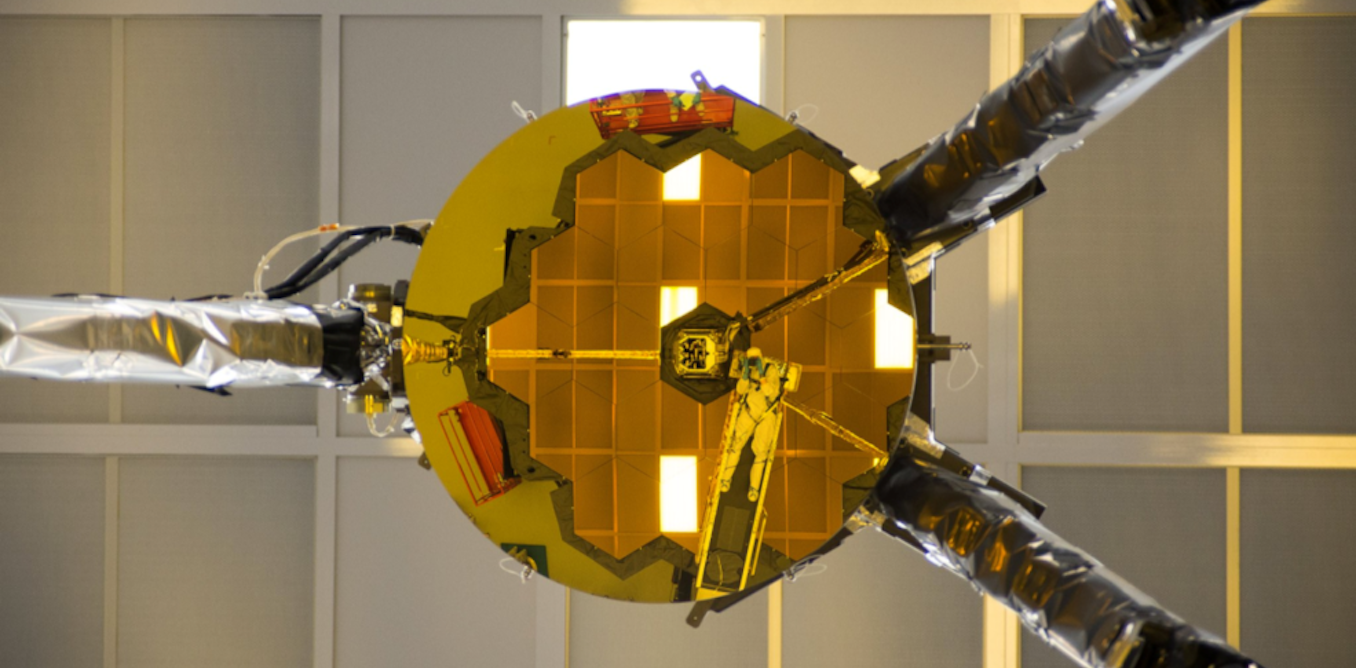| IN A NUTSHELL |
|
As the world grapples with the urgent need for sustainable energy solutions, a new project in Washington state is attempting to turn the tide. Helion Energy, a startup backed by prominent investors like Sam Altman of OpenAI and SoftBank’s venture capital arm, has embarked on constructing a pioneering nuclear fusion facility in Chelan County. Dubbed Orion, the project aims to harness the power of nuclear fusion to produce clean, low-cost electricity. This initiative marks a significant milestone not only for Helion but for the entire fusion industry, as it strives to offer a viable path to energy independence and environmental sustainability.
Generating Zero-Carbon Electricity
Helion Energy’s ambitious endeavor is centered around the generation of zero-carbon electricity. The selection of Chelan County as the site for Orion was strategic, given the area’s established legacy of energy innovation and its accessible transmission networks. The project is set to integrate with Washington’s primary power delivery networks, positioning it to supply energy to Microsoft data centers located downstream.
In 2023, Helion made headlines by announcing the world’s first power purchase agreement (PPA) to provide energy from the Orion plant to Microsoft by 2028. Constellation Energy has been appointed as the power marketer for this groundbreaking agreement. With the commencement of site work, Helion is steadily progressing towards its goal of connecting electrons to the grid, as highlighted in a recent press release. This development not only underscores Helion’s commitment to advancing fusion technology but also signals a transformative shift in how energy could be produced and consumed in the future.
World’s Pursuit of Clean and Abundant Power
The global quest for clean and abundant power has positioned nuclear fusion as an inspiring frontier in the energy sector. Melanie Nakagawa, Chief Sustainability Officer at Microsoft, emphasized the significance of Helion’s pioneering efforts. Despite the challenges that lie ahead in bringing commercial fusion to fruition, Microsoft is proud to support Helion’s innovative work in Washington state as part of its broader commitment to sustainable energy investments.
Fusion power, often described as the “holy grail” of energy, promises a future where electricity can be generated without significant greenhouse gas emissions or long-lived radioactive waste. Yet, the path to achieving commercial fusion remains complex and fraught with technical challenges. Helion’s pursuit of this ambitious goal reflects a broader global movement towards renewable energy sources that are both sustainable and environmentally friendly.
Commercial Fusion Power Plant
Helion Energy’s journey towards building a commercial fusion power plant is underpinned by its previous successes with prototype reactors. The Trenta prototype, for instance, was the first private reactor to achieve the critical fuel temperature of 180 million degrees Fahrenheit, a benchmark for commercial fusion viability. The company has since initiated construction at its Malaga site, leasing land from Chelan County Public Utilities District.
The project has undergone rigorous environmental assessments as part of Washington’s State Environmental Policy Act (SEPA) process. This meticulous review ensures that Helion’s operations align with state environmental standards. Active engagement with local and state stakeholders, including government agencies, has been a cornerstone of Helion’s approach, reinforcing its commitment to transparency and community involvement. As the permitting process continues, Helion remains focused on bringing its commercial fusion plant to fruition.
Helion Advancing Fusion With Its Prototype Polaris
At the heart of Helion Energy’s innovation is its prototype reactor, Polaris, housed in Everett, Washington. Fusion technology works by forcing atoms to collide, releasing energy without generating significant greenhouse gases or long-lasting radioactive waste. Despite substantial investments, scientists have yet to reliably generate more energy from fusion than it consumes to sustain the reaction.
Backed by influential investors like Sam Altman and SoftBank, Helion is navigating the challenges of achieving a net-positive energy output with Polaris. The company’s efforts represent a critical step in the ongoing endeavor to make fusion a practical and scalable energy solution. As researchers continue to refine fusion technology, the potential for a cleaner and more sustainable energy future becomes increasingly attainable.
The construction of Helion Energy’s nuclear fusion facility in Washington marks a pivotal moment in the pursuit of sustainable energy solutions. As the world watches this ambitious project unfold, questions remain about the feasibility and scalability of fusion as a long-term energy source. How will advancements in fusion technology shape the future of global energy production, and what challenges must be overcome to realize its full potential?
This article is based on verified sources and supported by editorial technologies.
Did you like it? 4.3/5 (22)
Source link


